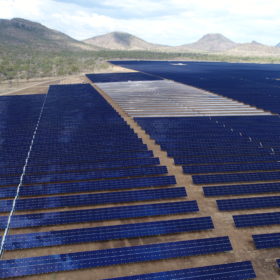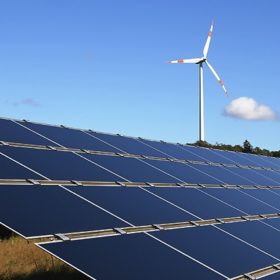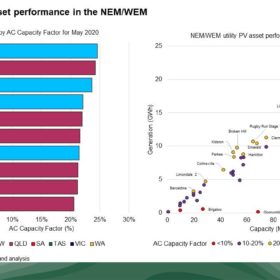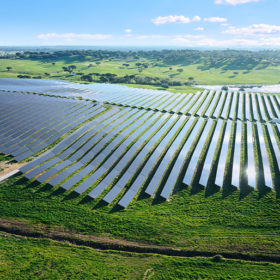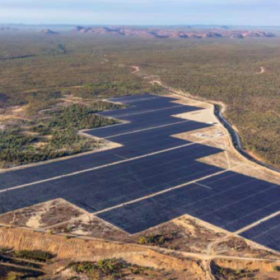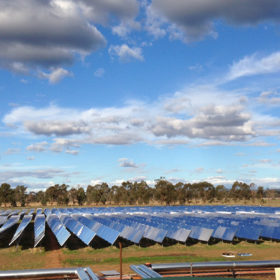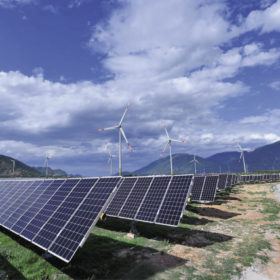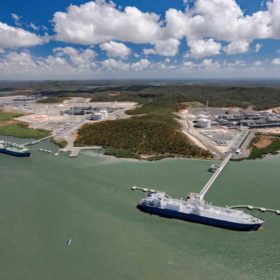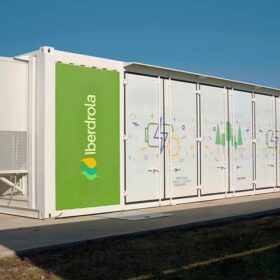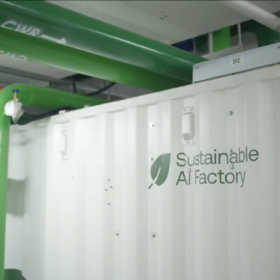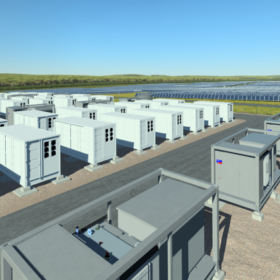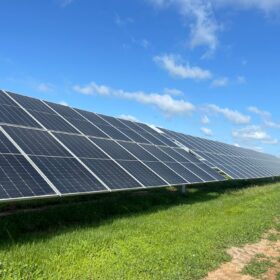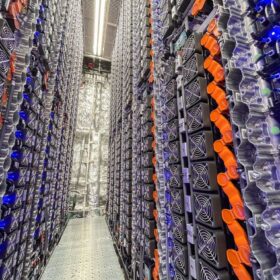Queensland election 2020: A chance for renewables-driven economic bonanza
As Queenslanders ready to head to the polls, the Clean Energy Council has reminded all parties about the economic opportunity presented by the state’s solar and wind resources.
Australia’s renewables pipeline continues to grow at record speed led by solar PV
The Australian renewables sector was not immune to a host of challenges that marked the first half of the year, but the pipeline of renewable energy projects in the country reached new heights. While new construction dipped to a four-year low and financial close remained out of reach for a great number of projects, the second half of the year is looking more positive, according to Norwegian consultancy Rystad Energy.
Broken Hill: From a grid outsider to a top performer
One of Australia’s first utility-scale PV projects, the 53 MW Broken Hill Solar Farm in New South Wales, has emerged as a top solar performer in the National Electricity Market in May.
Monash researchers develop roadmap for ammonia economy
With the race to find cheap, efficient, non-polluting ways of generating and storing hydrogen, a new study aims to set out a roadmap for navigating the pathway towards the establishment of a large-scale technology and supply chain based on ammonia.
Neoen to build Australia’s largest solar farm after power deal with CleanCo
Between 460 and 480 MWp in size, Western Downs will become the largest solar farm in Australia, bringing significant regional economic benefits to South West Queensland.
The NEM saw 25% renewable generation in March
Rystad Energy’s analysis of the Australian National Electricity Market over the month of March revealed 25% generation from renewable sources as large-scale solar powers ahead.
Covid-19 to pause gigawatts of wind and solar project in Australia
The pandemic will postpone or cancel the financial close of some 3 GW of solar and wind in Australia, according to Norwegian consultancy Rystad Energy, as the falling Australian dollar renders projects uneconomical. The biggest loser among the states will be New South Wales.
Jemalong solar farm starts construction largely unaffected by Covid-19
One of the largest solar projects scheduled to break ground this year has moved into the construction phase mostly unaffected by Covid-19 disruption.
Covid-19 to wreck economics of new solar and wind projects
While the full extent of the impact of the Covid-19 pandemics on the renewable energy market is yet to reveal itself, Norwegian consultancy Rystad Energy predicts new solar and wind projects will grind to a halt this year and experience a ripple effect in the years beyond as currencies across the globe continue to fall against the US dollar.
5 perspectives on electrification of Curtis Island
The economics of energy supply are subject to a host of variable factors — including steady reductions over time in the costs of solar, wind and battery technology. Last week Rystad Energy published analysis of the proposed electrification of Curtis Island LNG plants and government assertions that such an energy swap would release substantial gas supplies for domestic use, lower gas prices and reduce carbon emissions…
